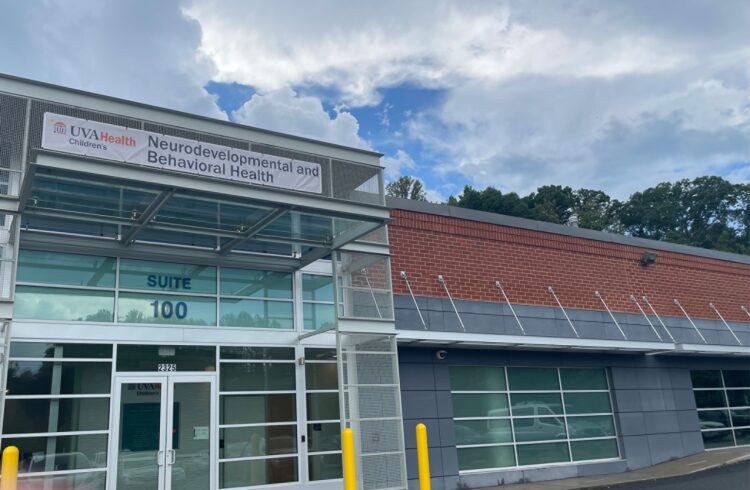
Researchers at the University of Virginia have developed an innovative new model of how the heart reacts to stresses such as high blood pressure, shedding light on a common cause of heart failure and facilitating the development of new drugs to treat and prevent it.
The new computer model maps out the signaling network that controls how heart cells grow in response to biochemical and mechanical stresses. Understanding this is critically important, because the cells’ attempts to adapt to stresses such as a heart attack often lead to additional cardiac problems. “It’s an initial compensation that’s trying to protect the heart, but ultimately this cardiac growth becomes harmful and leads to heart failure,” explains Jeff Saucerman, PhD, an assistant professor of biomedical engineering at UVA.
Unlike previous research that focused on individual proteins and genes affecting heart growth, UVA’s model takes a broader approach. “Most studies have focused on the individual trees, but we’re trying to see the bigger picture of the forest,” Saucerman says. “New modeling approaches have enabled a big-time expansion of what we’re able to do. Our model is bigger than previous models by a factor of 15.”
Putting the pieces together
UVA’s new model represents a major step forward in science’s understanding of the cardiac cells’ communications network, bringing together and building upon much of the work that has been done on the subject.
“Individual people are identifying individual puzzle pieces that they think are really critical,” Saucerman says. “What the model allows us to do is connect all the pieces together. From that, we’re starting to see a picture of how this communications network functions that you can’t see from any individual piece.”
New therapies for heart failure
The new model should make it faster to develop new therapies for heart failure caused by growth of the heart. Not only does the model illuminate the cardiac cells’ decision-making process, it allows scientists to make more accurate predictions and test out potential drug targets at a scale that is not possible experimentally.
“Because the signaling network is so large, developing new drug targets for reversing or preventing this growth of the heart is very complicated,” says Karen Ryall, a biomedical engineering graduate student at UVA and first author of a paper outlining the model. “There’s all this crosstalk between pathways that can work around a given intervention. It’s hoped that with this project, we can begin to understand the connections between pathways and how this network makes decisions about how to grow in response to different stresses.”
Freely available
The paper outlining the new model has been published online by the Journal of Biological Chemistry. The article, by Ryall, David O. Holland, Kyle A. Delaney, Matthew J. Kraeutler, Audrey J. Parker and Saucerman, will appear in a forthcoming print edition as well. The research would not be possible without public funding from the National Science Foundation and National Institutes of Health, Saucerman notes.
The UVA researchers are making the new model freely available. The computer code has been published along with the paper, and UVA has developed user-friendly software for scientists and students with no programming experience.


